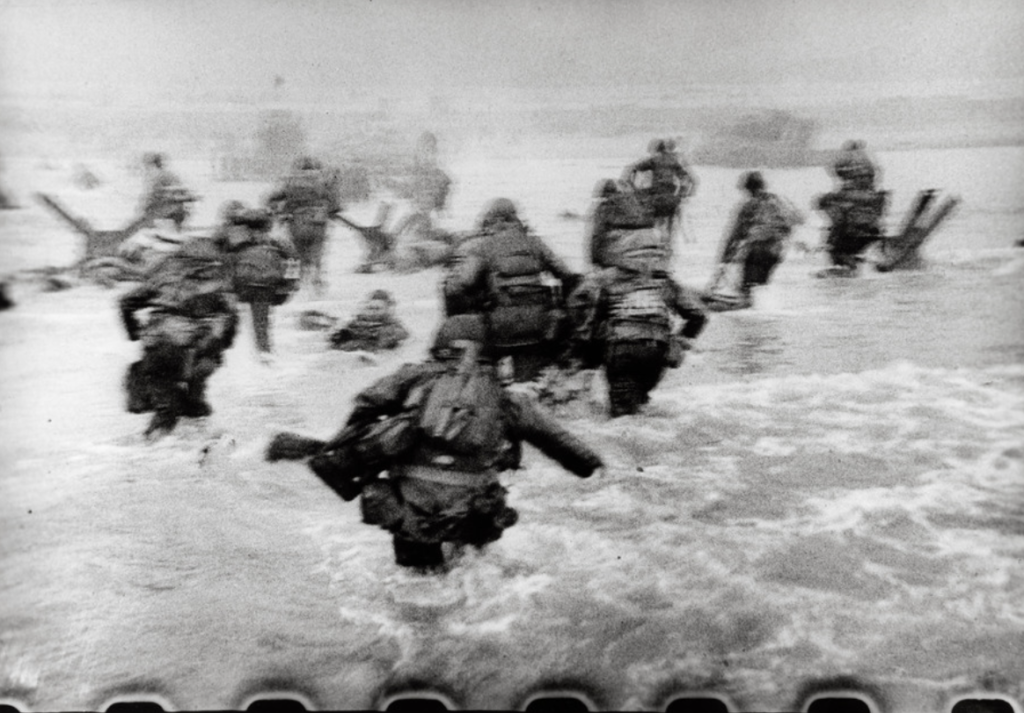
“Beharke, Iraqi Kurdistan”, 1997, Photo-Gelatin Silver by Sebastião Salgado
Sebastião Salgado worked as an economist years before he was a photographer. This work allowed him to travel to Africa, which introduced this desire to document what he was doing, and therefore created an interest in photography. Shortly after, he began to work in the field as a photojournalist, and went on to work for companies such as the Sygma Agency, Gamma and Magnum. Within these companies he was able to produce many documentary series and won awards in various areas of work. Much of his documentation depicted subjects in low socioeconomic standing. He has been said to show a different side of “third-world” photos, instead of having photos that purely ignite the feeling of pity fro an audience. When looking at his work, I was intrigued by Salgado’s “Beharke, iraqi Kurdistan”. This photo has a very serious tone, and one that makes an audience feel what the family in the photo is going through while also not being able to image or relate to them. The description writes about Iraq soldiers taking men away from every family and never returning. The wives of each could not remarry due to Muslim laws, and were left waiting for the rest of their lives. This is a heartbreaking reality and one where some forms of photography would only capture the grief and loss of a family in this situation. However, Salgado was able to capture the family’s unfortunate acceptance and stillness instead. I think this separates him from other photographers works, like the article spoke about, and communicates his goals as a documentarian very well.

“D-Day”, 1944, France by Robert Capa
https://pro.magnumphotos.com/C.aspx?VP3=CMS3&VF=MAGO31_10_VForm&ERID=24KL535353
Robert Capa, originally born as Andre Friedmann, is known as “The Greatest War Photographer in the World”. While born in Budapest, Andre fled the country after school when there was a nazi regime threat; he stayed in Paris. Through representation by Alliance photo there, he met a journalist and photographer by the name of Gerda Taro, who he coined the alias “Robert Capa” with to sell prints under. He became friends with famous authors and artists from around the world and created a very great network of creatives. After beginning to cover much of the Spanish civil war, his career took off from a photo of a loyalist soldier that was fatally wounded. This gave hime and international reputation and allowed him to photograph even more war related events such as D-Day, the liberation of Paris, and the Battle of the Bulge. He later founded Magnum photos with four other famous photographers in which he worked many years for. His life was sadly brought to an end on the job in 1954 when he stepped on a landmine in Indochina. He is remembered by all of his incredible work but also a gold medal award established in his name for those with “exceptional professional merit”. Within his portfolio, I am, and have always been, drawn to “D-Day”. This photo is such an incredible piece of history, and one that I feel represents a large majority of Robert’s experience in the filed. The shakiness of the photo translates the pure chaos of the extreme setting, and shows just how much the man went through to do the outstanding job he did. At the very least, this man put his life on the line for work, and it does not go unnoticed. I feel that the composition of this photo is not even an appropriate conversation topic, and that his bravery and commitment to his craft outshines any “right or wrong” in the photography world in this moment.
